EDITORIAL: Should college be free?
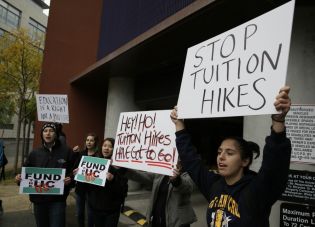
Student protesters block the entrance to a parking garage outside a meeting of the University of California Board of Regents Wednesday, Nov. 19, 2014, in San Francisco.
It is your senior year in high school. You have finished applying to your colleges, and you are waiting to hear back from your selected institutions of higher learning, hoping that all your hard work has been worth it. You’ve nervously searched your mailbox daily. Finally, it arrives. The large envelope with a college mailing address that you’ve suffered many sleepless nights hoping for is in your hand. You peel back the envelope and inside in print is the word: congratulations.
You have been accepted into your dream college or university. You can now freely picture yourself sitting on a nicely manicured lawn debating the meaning of life with other scholars, or perhaps attending a football game screaming at the top of your lungs for your team. Exciting stuff isn’t it?
Well, your dream is about to hook up with a heavy dose of reality. Take $35,000, multiply it by four, and then make plans to take it out of your family’s bank account. The cost of public education is too expensive for working families.
According to Business Insider magazine, the average annual increase in college tuition from 1980 to 2014 grew by nearly 260%. That is a substantial amount of money. Over the same period of time, America’s real wages have remained flat.
There are more than 44 million borrowers with $1.3 trillion dollars in student loan debt in the U.S. alone. The average student in the Class of 2016 has $37,172 in student loan debt. Big numbers, right? Not to worry, though, because I’m sure your parents have your tuition saved up. Pennsylvania, New York and Michigan have among the highest student loan debt per capita in the nation. Staying in state for college for lower overall cost only seems to help but so much.
Why is a higher education so expensive? Why is the public paying so much money? Years of cuts in state funding for public colleges and universities have driven up tuition, even though others argue that public funding for schools has increased since. The answer is probably the result of many factors. Regardless, the student loan debt is now the second highest consumer debt category – behind only mortgage debt – and higher than both credit cards and auto loans according to Forbes magazine.
For taxpayers, who have already paid a large amount of money to keep our schools afloat, all public schooling through college should be free. In fact, it was once like this. In 1862, the Morrill Act was passed, making it possible for new western states to establish colleges for their citizens. The new land-grant institutions allowed for people of any social class to go to college for free.
There are many benefits of making college free. For starters, more students would attend college. Those same students would be able to study a variety of disciplines that actually interested them which would lead to more diversified communities. There would be an increase of students actually graduating from college and not falling short of their graduation goals because of lack of funds. These same new graduates would now be able to contribute to a vibrant economy because they wouldn’t be tied down with outlandish student debt. An educated populace might be less dependent on the government for assistance.
We need to return to the time when a college education was encouraged and accessible. Today, there are millions of students dreaming of receiving a college education. It is sold as a way to lift a person, and his family, up by their bootstraps and into the American Dream. Unfortunately, because of unbearable debt that dream is often deferred.
America is one of the richest and most powerful countries the world has ever known, but you wouldn’t be able to tell that from how it treats educating its population. The U.S. is a middle of the pack nation when it comes to education. This is why higher education, especially public higher education should be free. It will help level the playing field for the financially less fortunate while strengthening our place in an ever changing global landscape. Your dream of college shouldn’t be a financial nightmare, but rather a ticket to a brighter future.



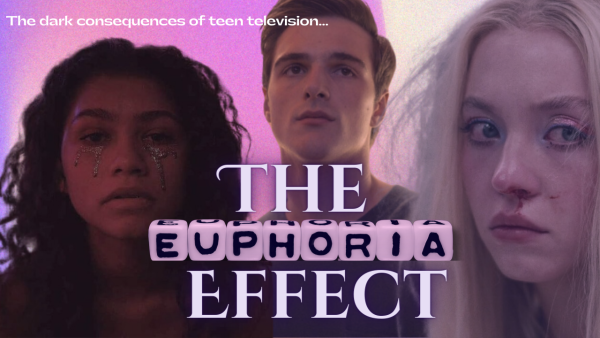
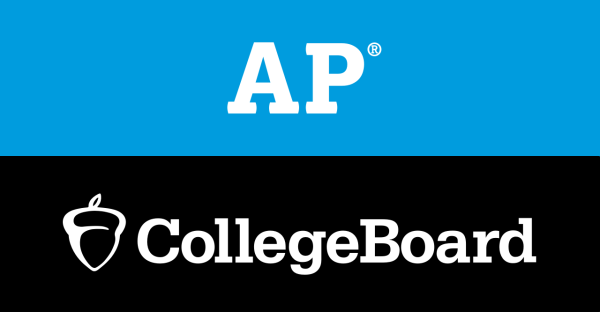


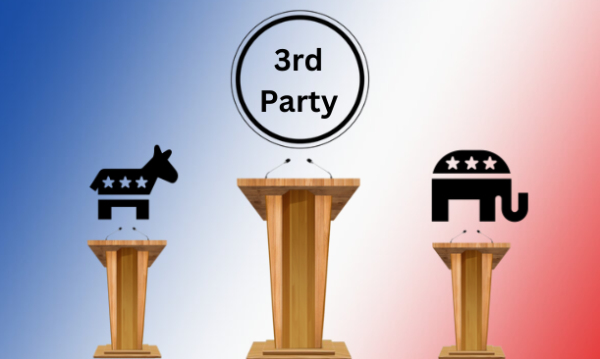
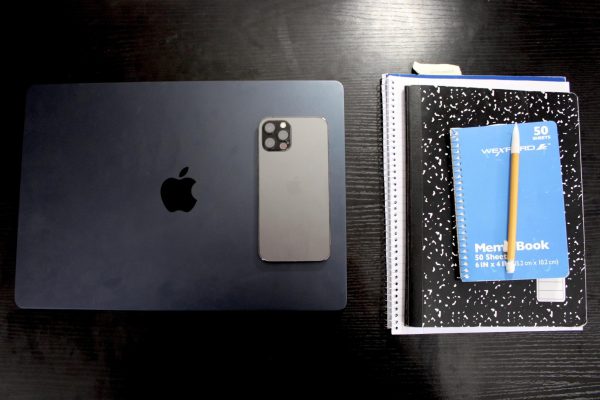
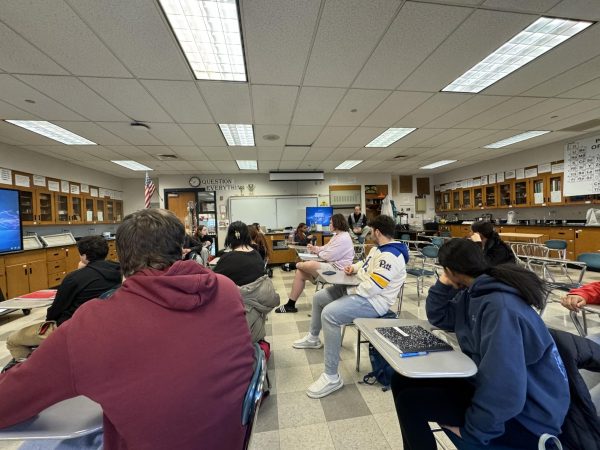
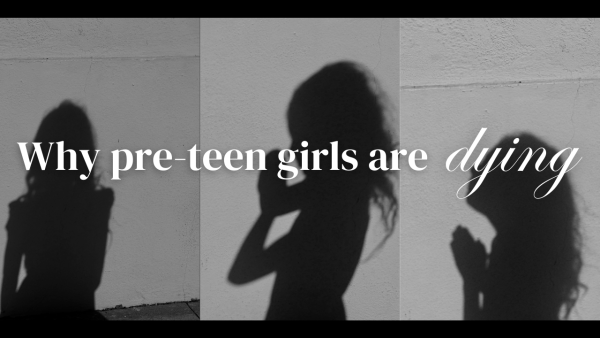
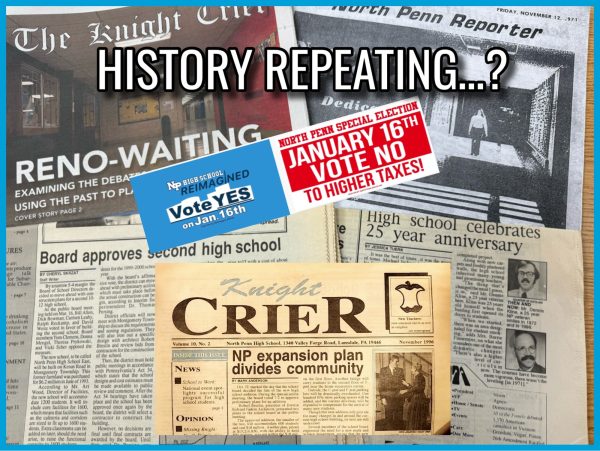
a parent • Oct 25, 2018 at 11:30 pm
I have 2 sons who are college age and despite the fact my husband has a decent job, we can not afford to pay almost $90,000 for the cost of each son’s education over the next four years. On top of that we sill have one child in high school. Now we home schooled our sons and are doing the same with our daughter, yet we are paying for a public school system that is not being used by our family. Once our daughter graduates in three years we, as home owners will continue to pay for the education system until my husband reaches 65 at which point my children will be 35, 33, and 30. Personally I feel that if we had free public colleges then my children would be able to get a college education and the taxes my husband and I pay every year for the school system would actually be benefiting our children.
anonymous • Mar 27, 2018 at 9:14 am
For taxes to pay entirely for “free” college education it would cost taxpayers a lot more money than what they are already paying for public education. If that happened college wouldn’t be free, people would just be paying in a different way. And if that happened people that don’t go to college for reasons other than high cost they would be paying for everyone that does go to college.
KayLeigh Macfarlan • May 7, 2018 at 11:56 pm
In my opinion, I find that this article is clearly addressing the issue of outrageously high tuition rates in the nation that carries an immense burden of student debt. In comparison to Canada and in other developed countries in Europe, we as Americans pay double if not triple the amount that those in Canada and Europe pay. Why is it cheaper? Because yes; they pay more in taxes than we do. However, their benefits outweigh the costs due to these countries establishing and encouraging a well-educated population. These hard-working individuals in return give back to their society with their acquired knowledge and skills without having to be discouraged with heavy student debt and ridiculous interest rates. I am not saying tuition should be 100% covered through tax dollars, but I do feel that all three levels of government should provide more with monetary incentives for students who plan on attending any university. And regarding your last statement, people pay taxes for governmental programs that may or may not have a direct impact on his/her life. At the end of the day, these programs, like financial aid for higher institutions, positively impact society as a whole.
Maria Gardizy • Mar 21, 2018 at 2:11 pm
Amen.